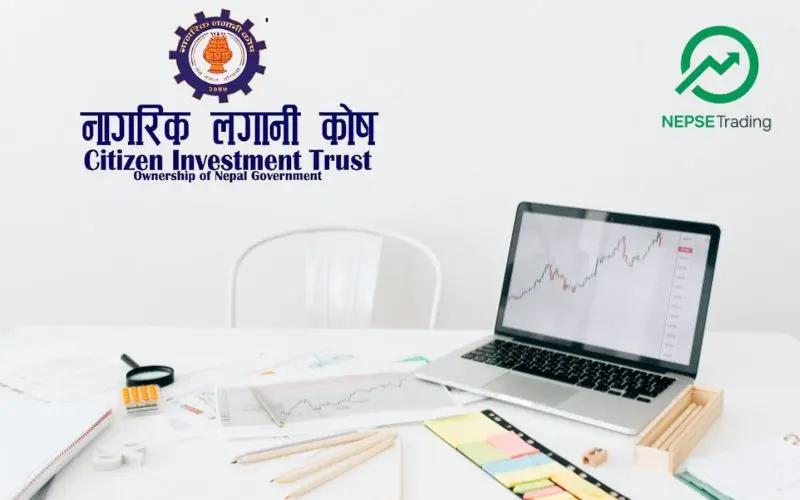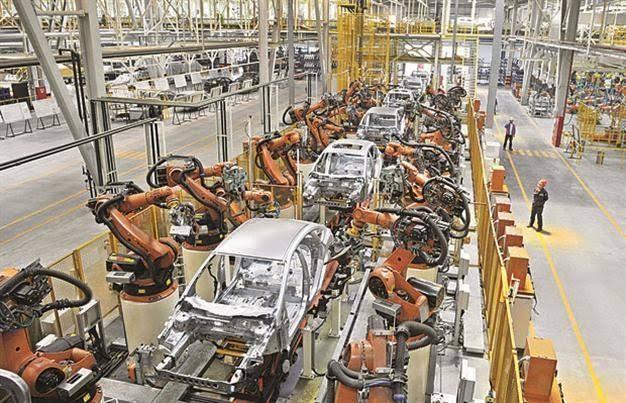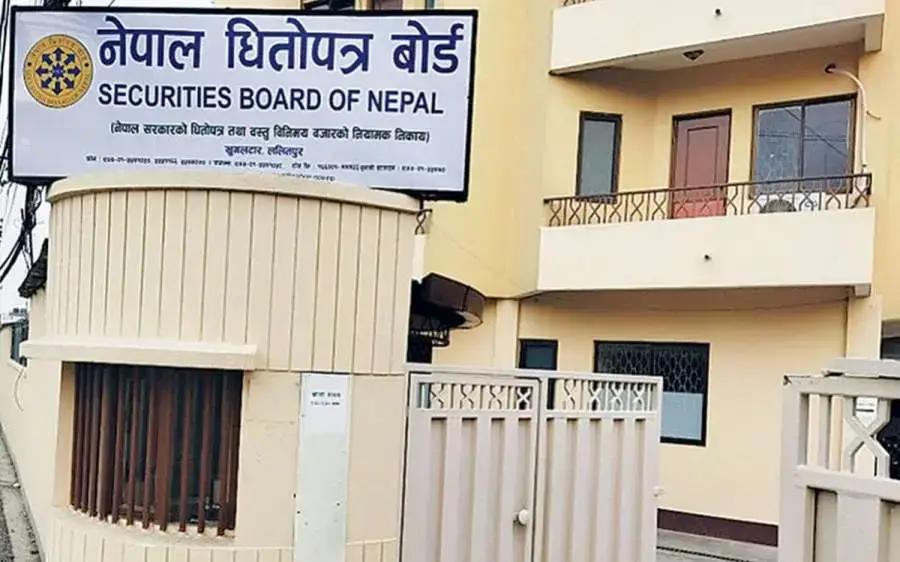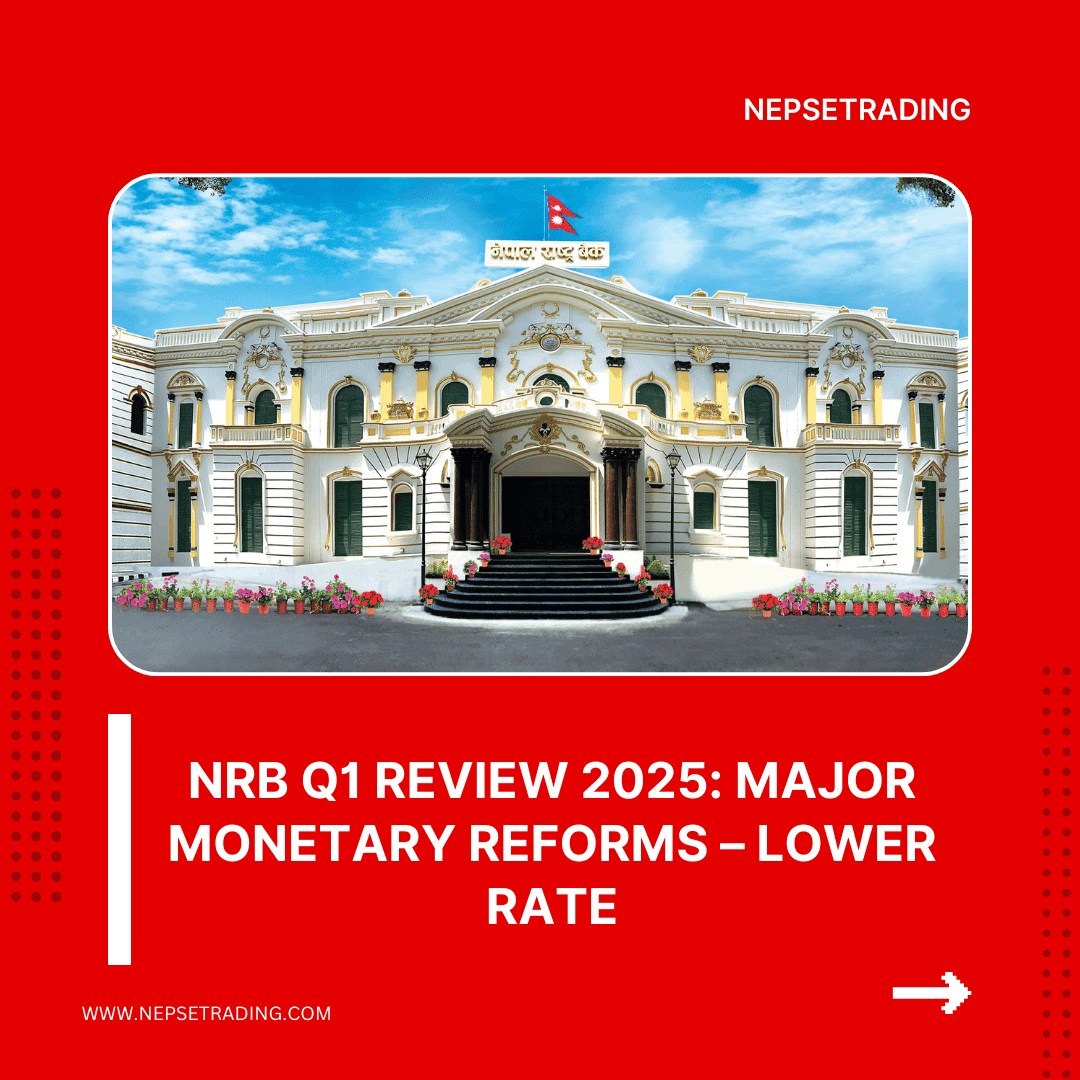By Sandeep Chaudhary
RSDC Dividend Pattern Over the Years – What 8% Cash Payout Means for Investors in 2082
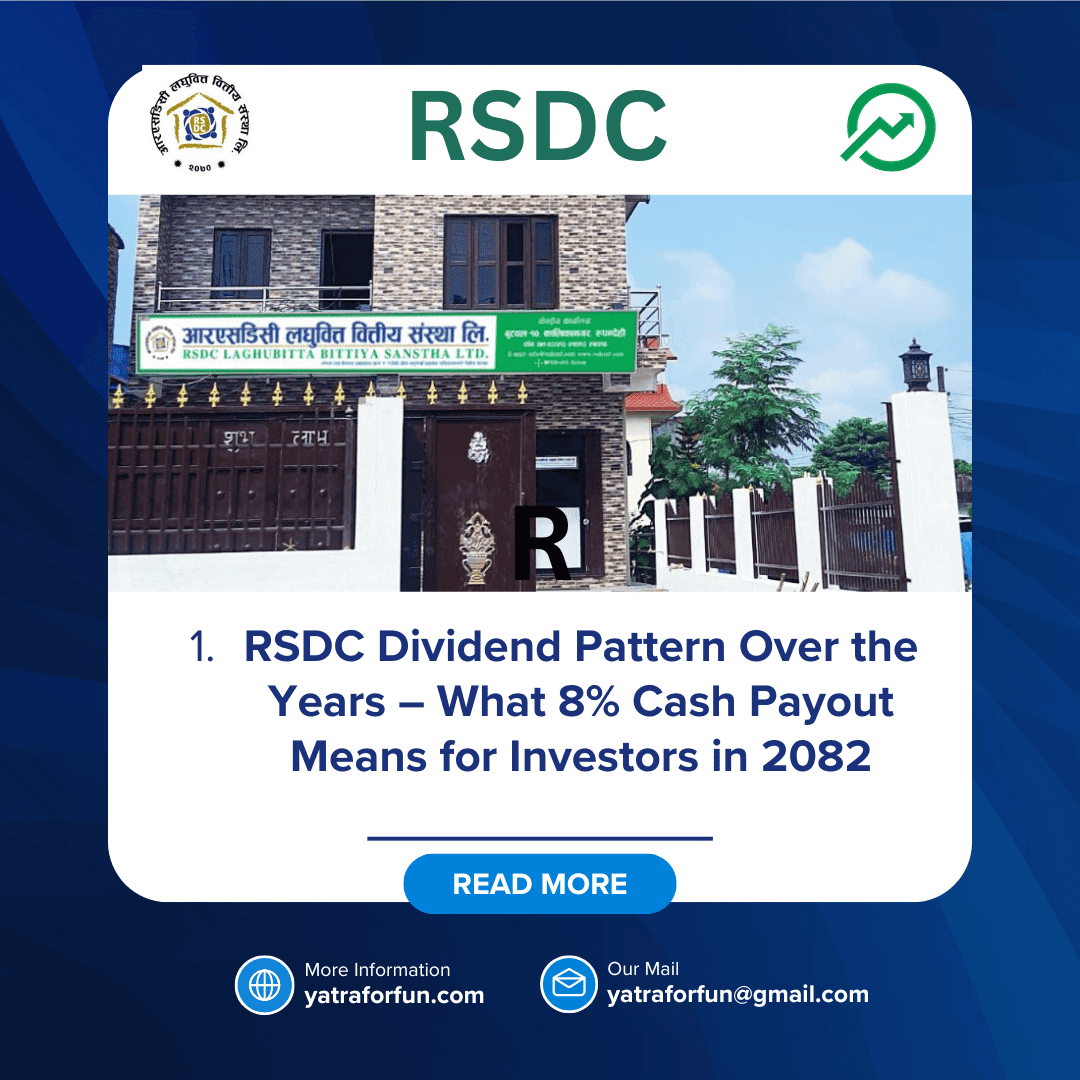
RSDC Laghubitta Bittiya Sanstha Limited (RSDC) has established itself as one of Nepal’s most consistent microfinance institutions when it comes to shareholder returns. Its latest declaration — an 8% cash dividend for FY 2081/82 with no bonus shares — marks another year of steady distribution but also raises an important question: what does this 8% payout really mean for investors in 2082?
Over the past decade, RSDC’s dividend trend tells a story of stability amid gradual moderation. From FY 2073 to 2076, the company’s total dividends ranged between 13% and 16%, blending both bonus and cash components. The highest point came in FY 2075/76, when shareholders enjoyed a 16% total dividend (10% bonus + 6% cash) — reflecting strong profitability and rapid portfolio expansion at the time.
After that peak, the trend started to ease. FY 2076/77 brought 12.63%, FY 2077/78 delivered 10.53%, and FY 2078/79offered 11%. In FY 2079/80, the dividend stood at 9.05% (8.6% bonus + 0.45% cash), and FY 2080/81 maintained 10% (9.5% bonus + 0.5% cash). This consistent pattern of moderate returns shows that while RSDC’s total dividend has declined slightly, its commitment to regular distribution has never faltered.
Now, with an 8% cash-only dividend for FY 2081/82, RSDC appears to be prioritizing liquidity and stability over expansion. For investors, this means a shift in benefit type — from future capital growth through bonus shares to immediate income through cash returns. In other words, while bonus shares increase holdings in the long term, cash dividends provide tangible short-term value, especially in uncertain economic conditions where liquidity matters most.
This transition mirrors the broader reality of Nepal’s microfinance sector, where institutions face tighter NRB supervision, rising provisioning costs, and a cautious lending environment. By focusing on an all-cash payout, RSDC is signaling conservative risk management and sound profitability, even amid slower sectoral growth.
For investors, the 8% cash dividend can be viewed as a moderately attractive and secure return, particularly if the share price remains around NPR 600–650, yielding roughly 1.2–1.3% in real terms. More importantly, it reflects trust, stability, and resilience, values that matter most to long-term shareholders in a challenging financial climate.


